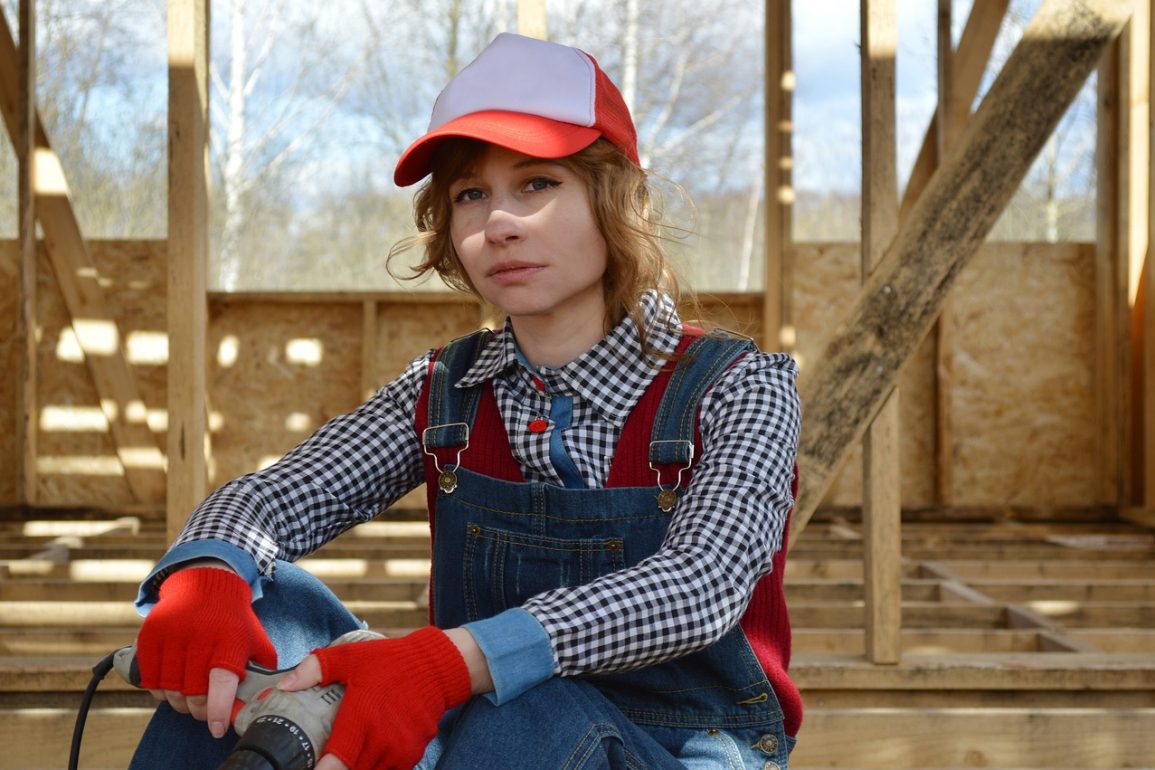Challenges Facing Women in the Trades – The trades have long been a heavily male-dominated industry. Figures published last year suggest that just 1% of skilled tradespeople are women, a percentage that’s barely increased over the last two decades. This staggering statistic highlights just how scarce women in the trades really are. But what’s causing it?
There is undoubtedly a societal and historical element to it – skilled labour has typically been work done by men throughout most of history. However, in a modern world trying to champion equal opportunity for all, what’s potentially stopping more women from working in the trades? We delve into a few factors below.
Lack of opportunity and career pathways
As with any career path, challenges arise right at the very start of the process, that is, in education and training.
There is likely a lack of opportunity for women to train in skilled labour or be educated in one of these specialities. Or perhaps the opportunities are there but there’s a lack of awareness of those options being open to explore.
Perhaps more could be done to promote trade apprenticeships or training courses for girls and women which could increase the proportion of tradeswomen down the line.
Discrimination and harassment
One of the most significant and disruptive challenges that women have reported facing in the trades is discrimination. Research from 2022 found that 39% of women in the trades weren’t taken seriously because of their gender, which gives a powerful insight into the experience of many tradeswomen.
In such a male-dominated space, harassment can be commonplace too – which represents a change that needs to occur in male behaviour to accommodate more women in traditionally male industries.
Stereotypes and misconceptions
On a similar note, gender stereotypes do tend to play a role in creating barriers for women wanting to enter the trades. Whether this is a wider societal and gender role issue is the subject of heavy debate at the minute, but opportunities for training and advancement could certainly be opened if stereotypes are quashed.
We’ve seen a dramatic change in the military in recent decades, whereby now women are allowed to fill all roles, combat, or non-combat. Work is still ongoing to tackle stereotypes there and the trades could do with a similar support program and strategy.
Personal protective equipment
One important factor that has been raised by tradeswomen is the lack of PPE and safety equipment specifically created for women. With many garments, accessories and pieces of equipment being designed for men, women face a daily struggle for safety and comfort.
Certain items like protective glasses and safety boots can be bought for either gender or are unisex. However, properly fitted work clothing and other essential items need to consider tradeswomen more.
Lack of representation
A fundamental issue that stems from the huge disparity between male and female tradespeople is the lack of representation in the industry. With many tradespeople being self-employed or working in small businesses, it’s more difficult for women to have a voice than it is in industries where women hold positions of power and authority.
It’s difficult to see how and where women can gain more representation in the trades and what impact this would even have, but it’s certainly something to be aimed for.
Poppy Watt


